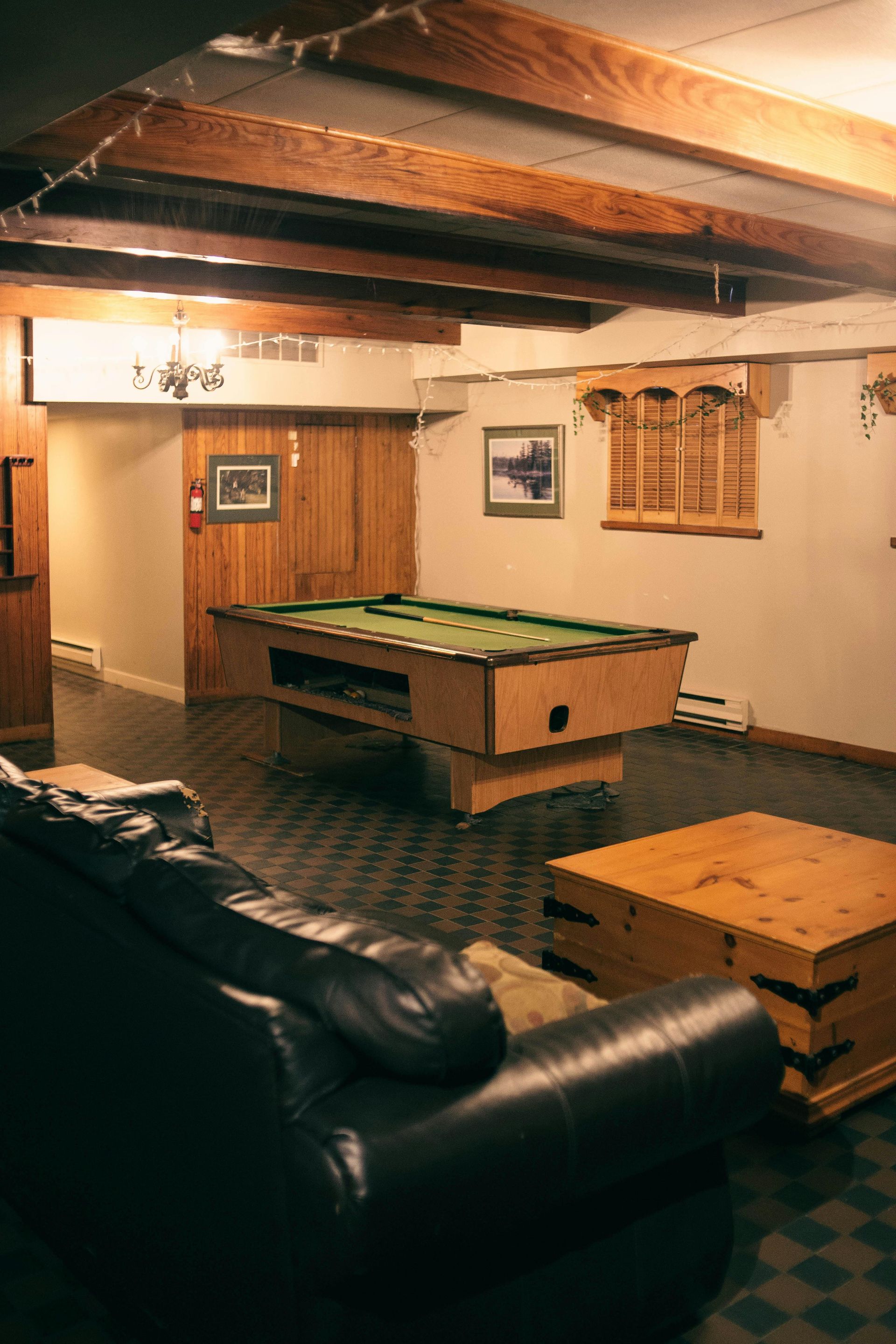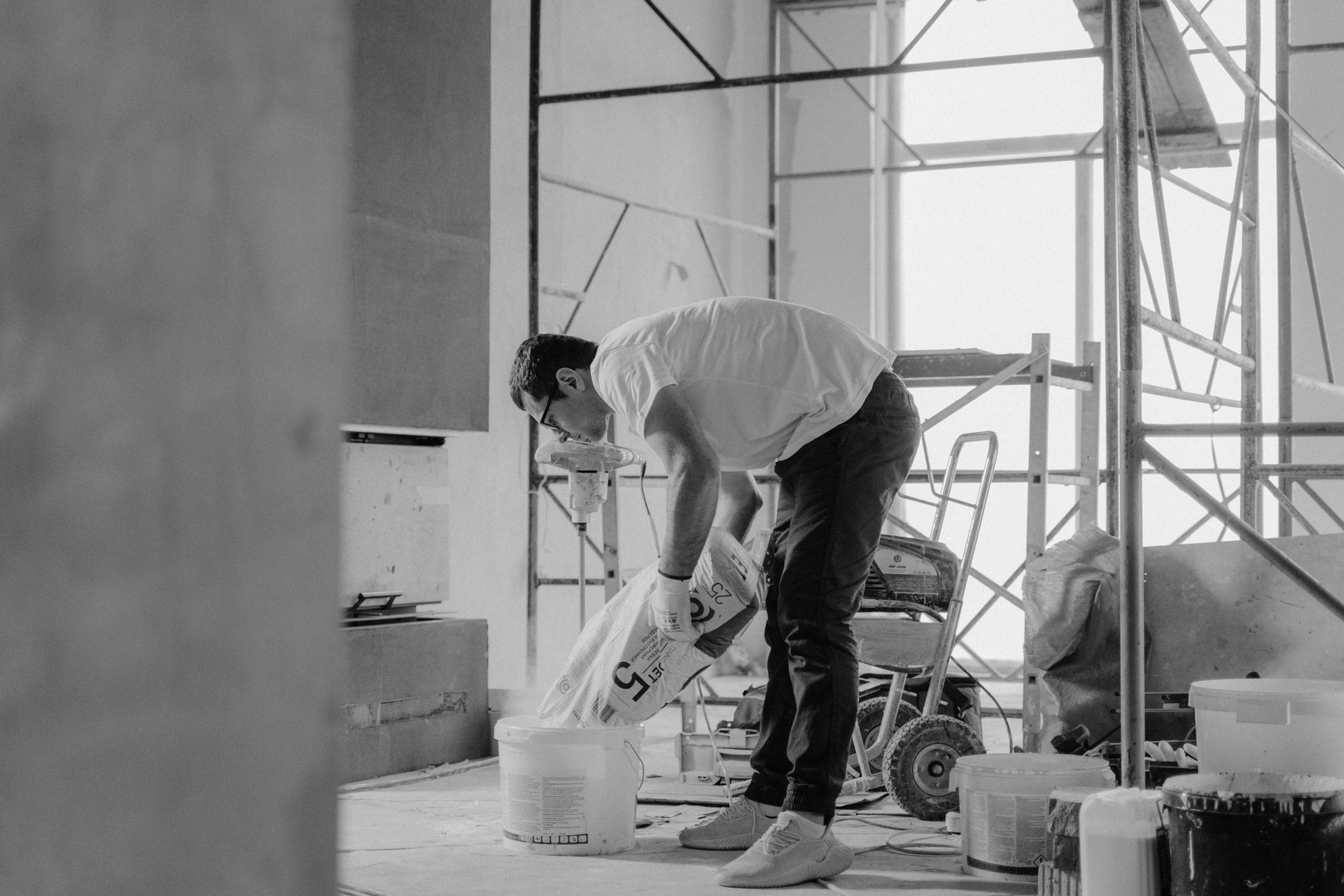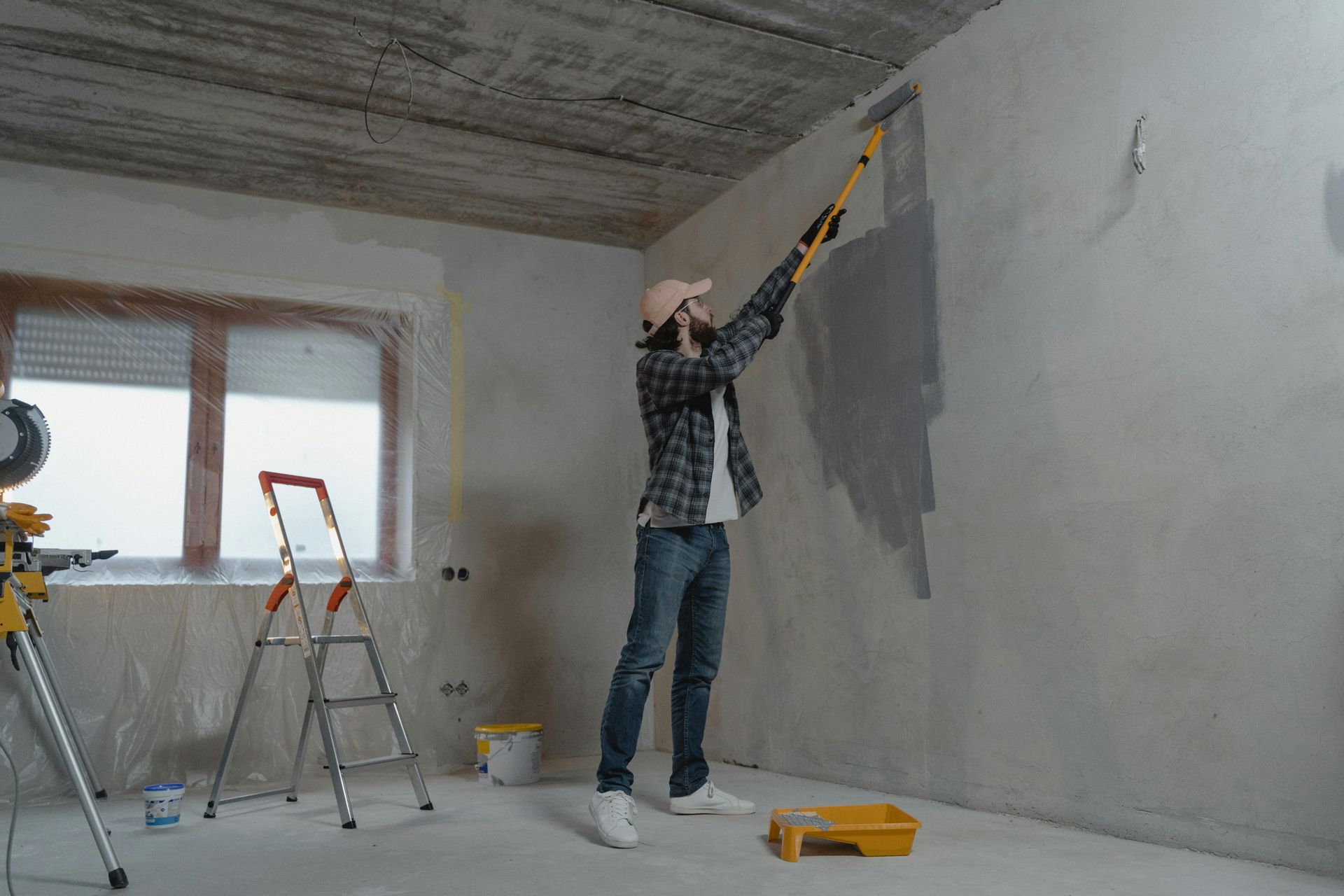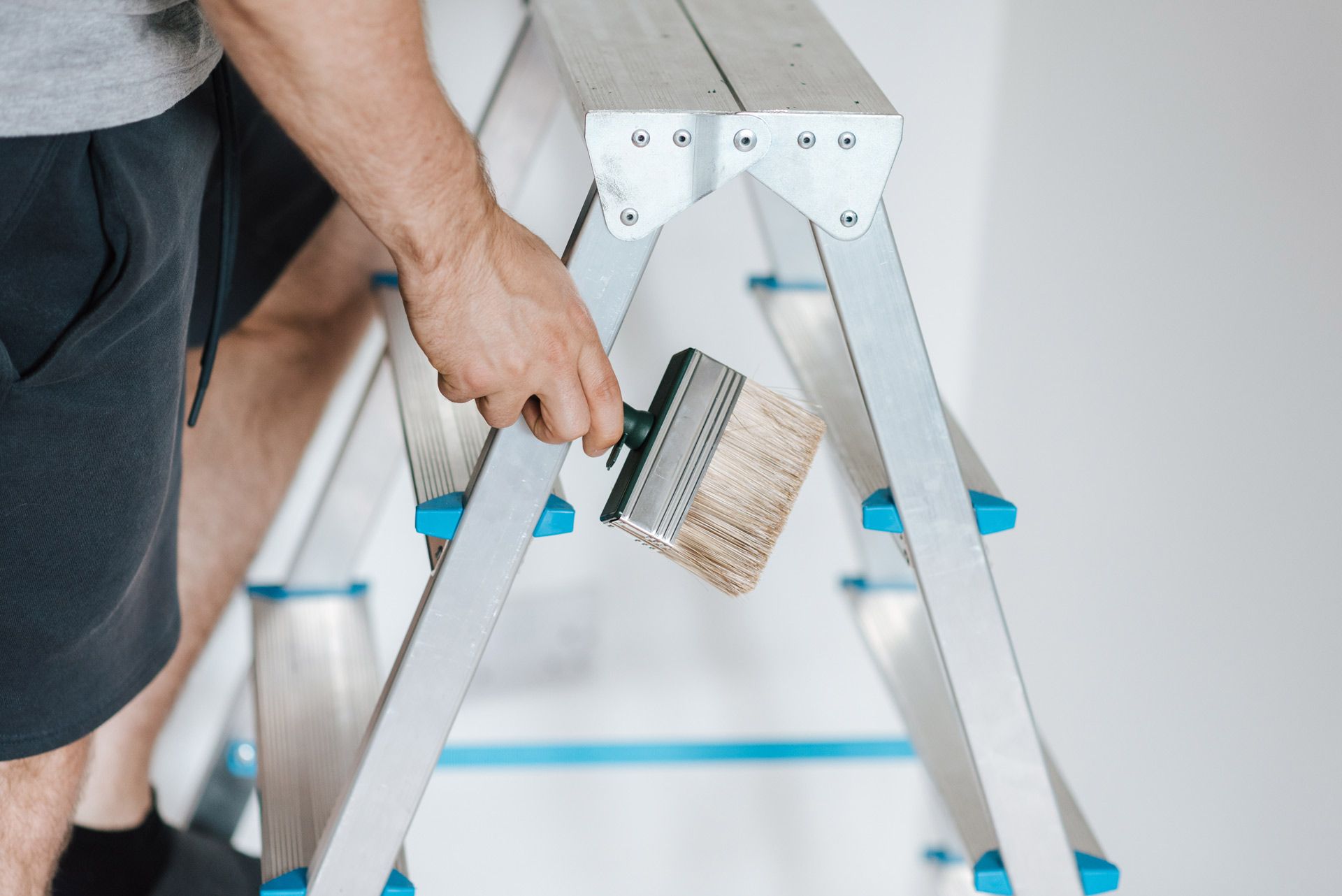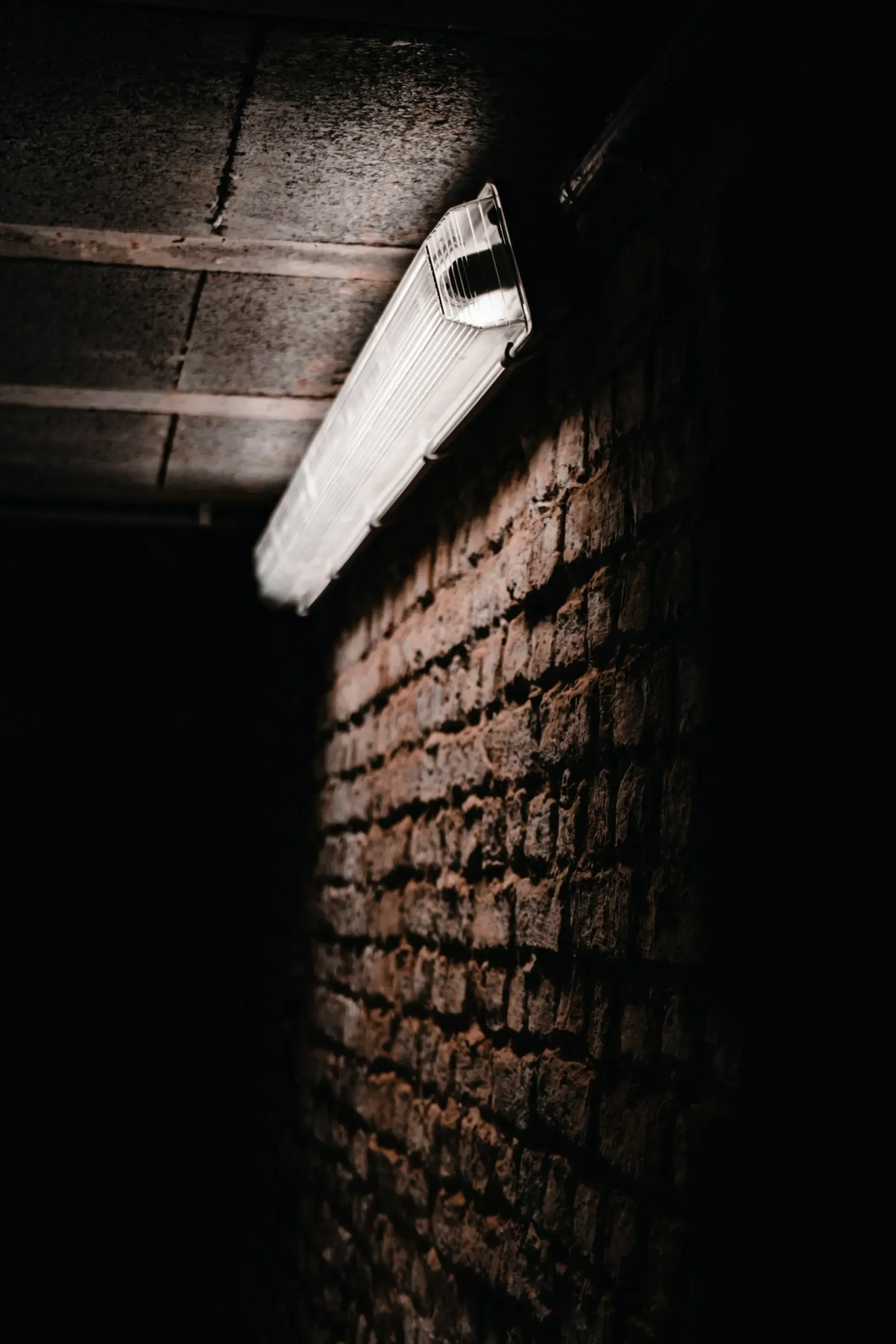
Cost-Effective Ways to Fix Bowing Basement Walls
Bowing basement walls can be a concerning issue for homeowners, indicating potential structural problems that require prompt attention.
Understanding the underlying causes of bowing walls and exploring cost-effective repair solutions is crucial to maintaining the integrity of your home.
What Causes Bowing Basement Walls?
Hydrostatic pressure, a common culprit behind bowing basement walls, exerts significant force on the foundation.
This pressure arises from water accumulation in the soil surrounding the foundation, pushing against the walls and causing them to bow inwards.
Common signs of bowing walls include horizontal cracks, inward bulging, and misaligned doors and windows.
The increasing inward pressure from the soil further exacerbates the bowing, necessitating timely intervention.
How to Assess the Severity of Bowing in Basement Walls?
Assessing the severity of bowing walls often requires the expertise of a structural engineer who can evaluate the extent of the damage.
Factors such as the degree of inward movement, the presence of cracks, and the overall condition of the foundation influence the severity of the bowing.
It is essential to assess the damage from both the interior and exterior of the basement to determine the best course of action for repairs.
What are the Repair Options for Bowing Basement Walls?
Cost-effective repair options for bowing basement walls include the use of carbon fiber straps for wall reinforcement, installation of wall anchors to stabilize the walls, and consideration of wall bracing with steel beams.
Carbon fiber straps provide a durable and less invasive solution for reinforcing bowed walls, while wall anchors offer a reliable method of stabilizing the foundation and preventing further inward movement.
Wall bracing with steel beams can also effectively straighten and support the bowing walls.
How Much Does it Cost to Repair Bowing Basement Walls?
Several factors influence the cost of repairing bowing basement walls, including the severity of the bowing, the chosen repair method, and the extent of the damage.
On average, wall repair costs can vary based on the chosen technique, with carbon fiber straps generally being more cost-effective than other methods.
Comparing the costs of different repair techniques will help homeowners make an informed decision based on their budget and the effectiveness of the solution.
Should Homeowners DIY or Hire Professionals for Wall Repair?
While some homeowners may consider DIY wall repair to save costs, it is advisable to hire professional repair services for bowing basement walls.
Professional repair contractors bring expertise, specialized equipment, and industry knowledge to ensure effective and long-lasting repairs.
Attempting DIY wall repair can pose potential risks, including inadequate structural reinforcement and improper installation of repair materials.
Homeowners should carefully consider the benefits of hiring professionals and choose the right repair method that meets their needs.
Conclusion
Bowing basement walls are a serious issue that can compromise the structural integrity of your home. By understanding the causes and assessing the severity of the damage, homeowners can explore cost-effective repair solutions such as carbon fiber straps, wall anchors, and steel beam bracing. While DIY repairs may seem tempting, hiring professionals ensures the job is done correctly and safely, protecting your investment in the long run.
Call to Action
If you're dealing with bowing basement walls or any other home improvement needs, MR Home Remodeling in Provo, Utah, is here to help. Our experienced team offers a wide range of services, including general contracting, painting, basement finishing, and even a "Sell My House Fast" option. Serving Lehi, American Fork, Pleasant Grove, Orem, Provo, and Springville, we're your trusted local partner for enhancing your living spaces. Contact us today to discuss your project and see how we can make your home better than ever.

